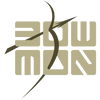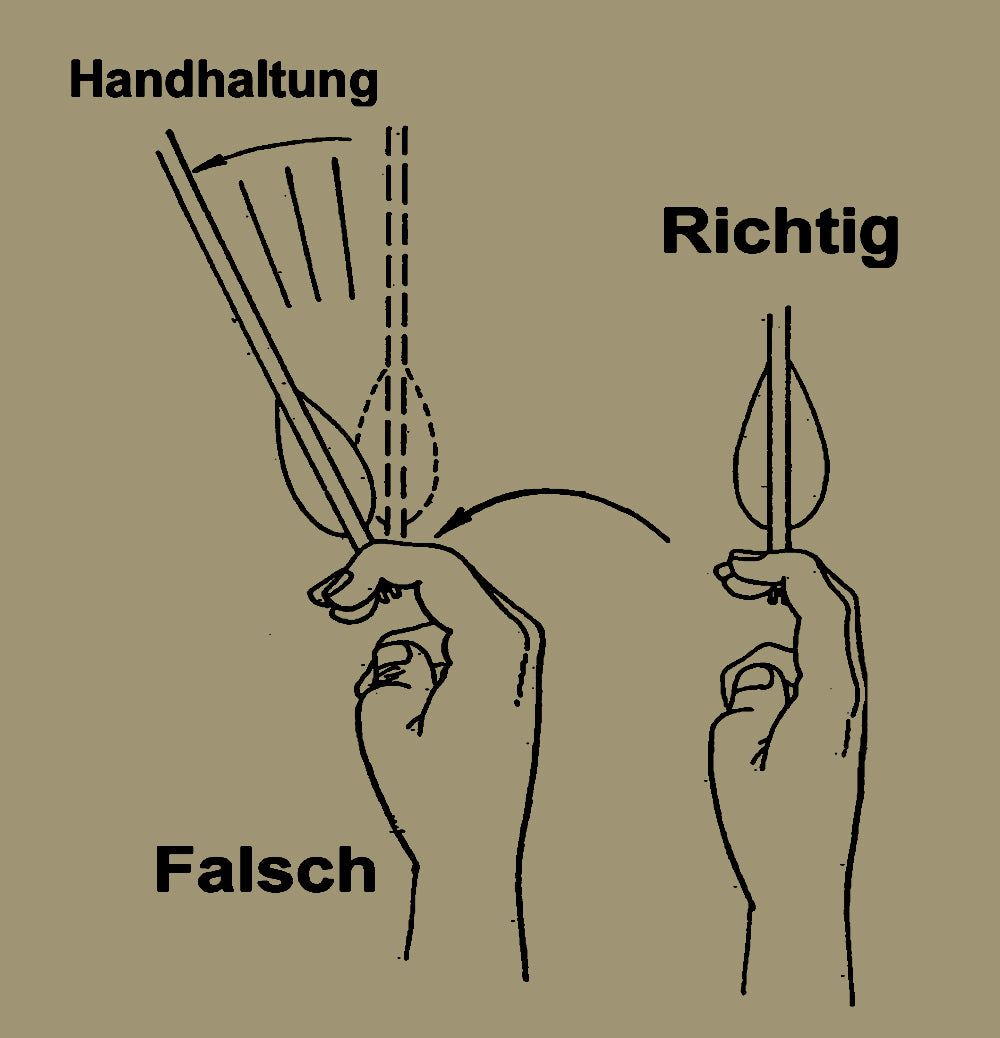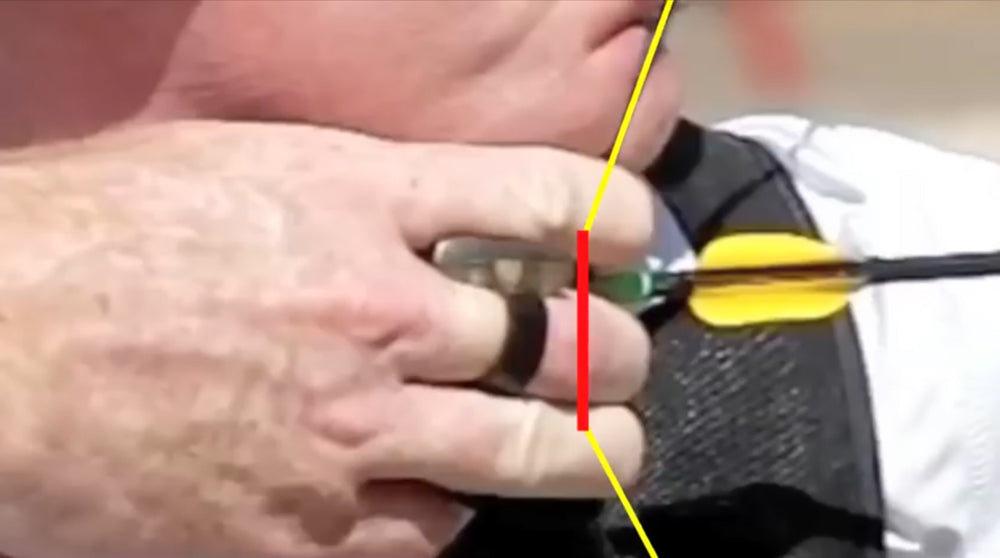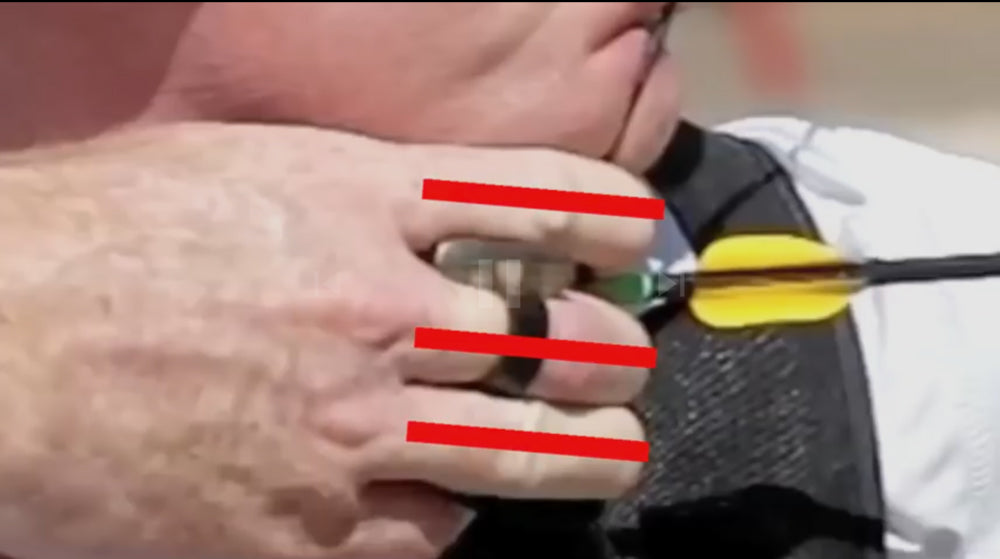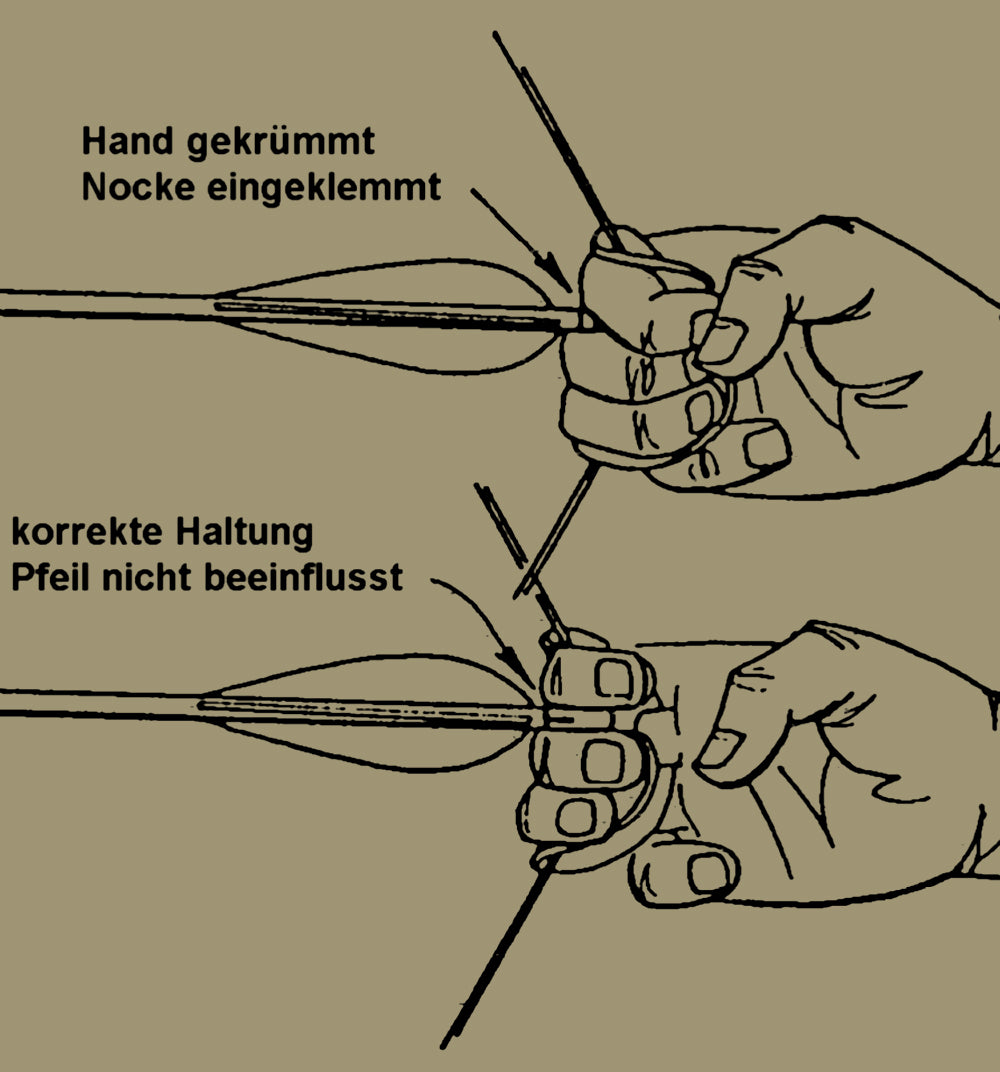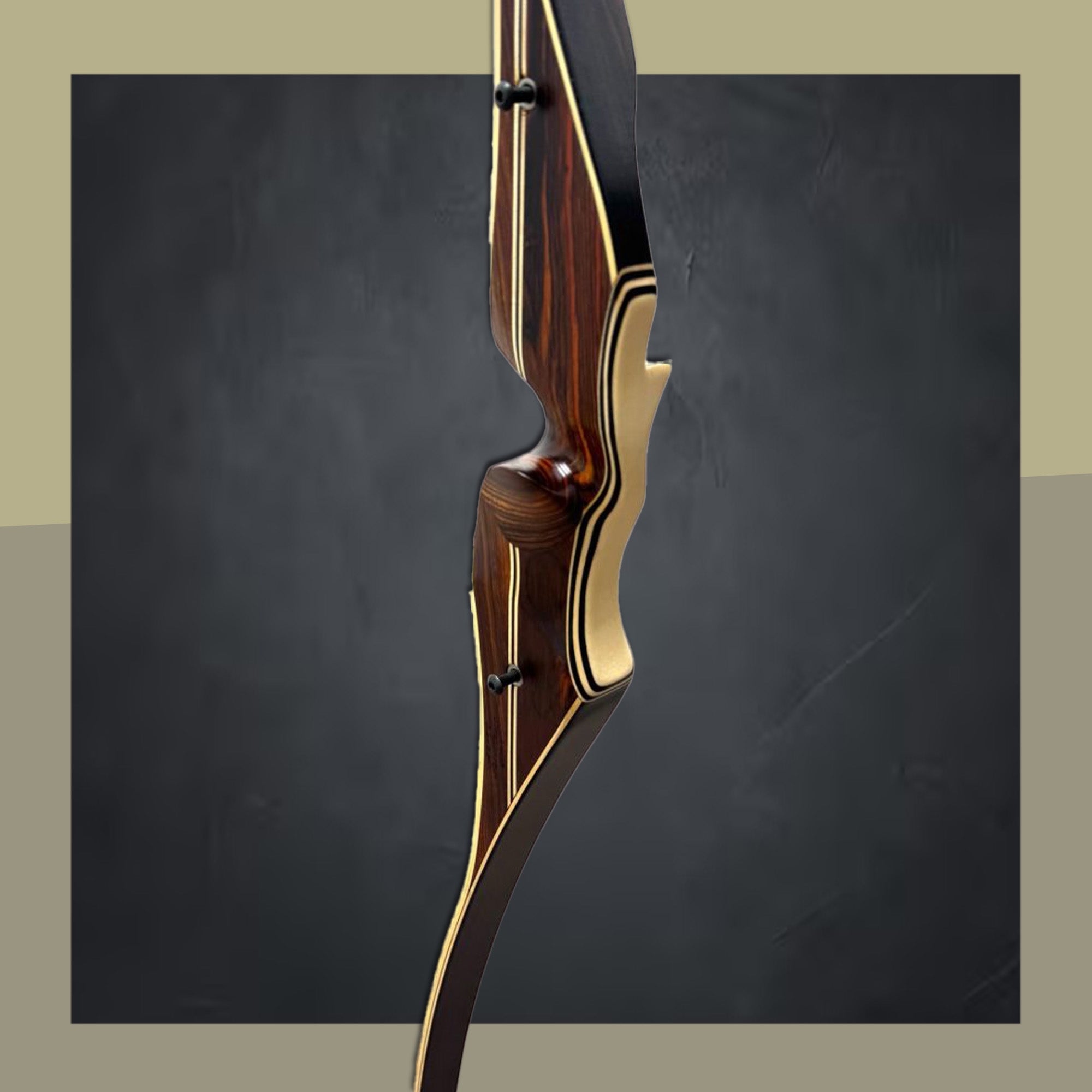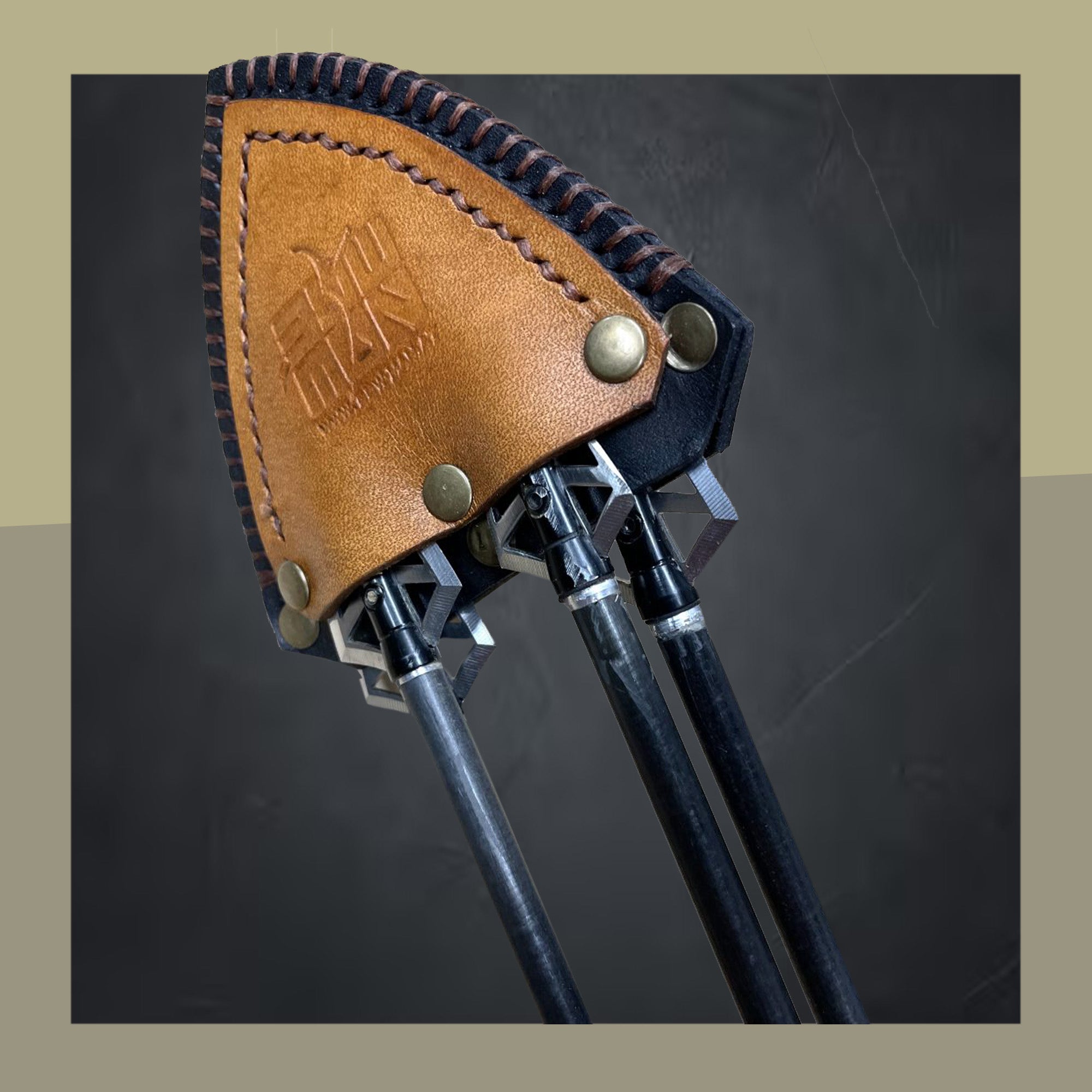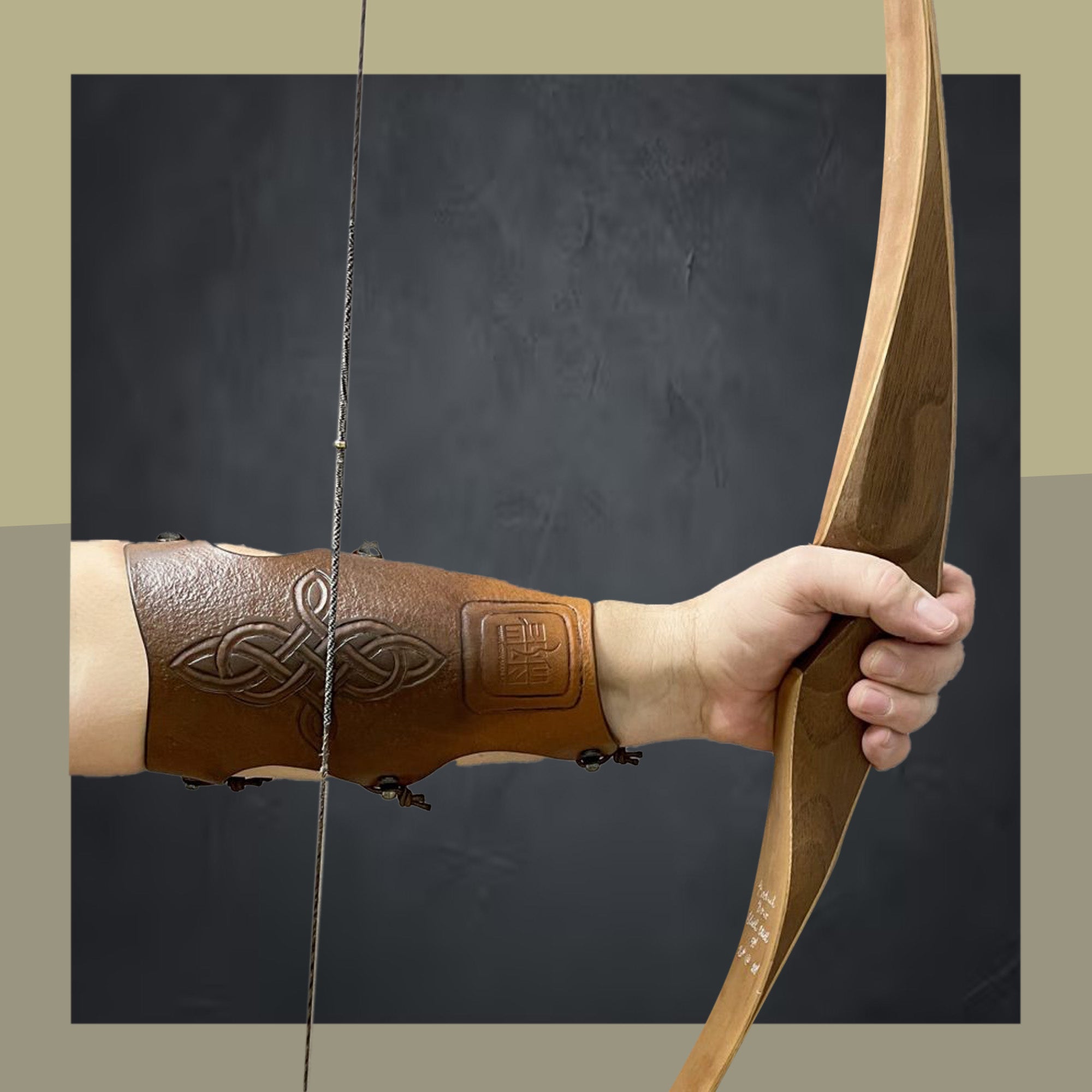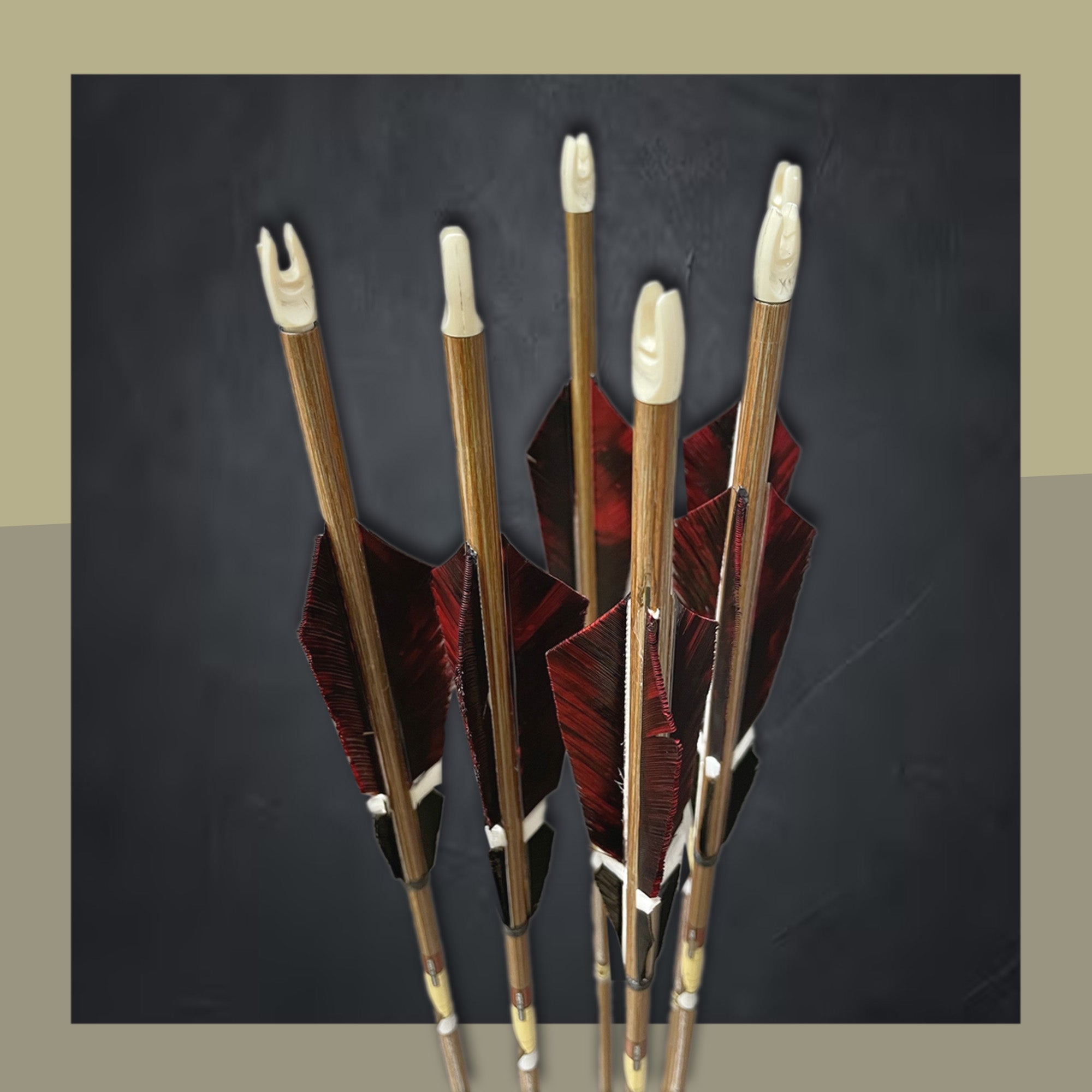Technology
This site is intended to provide support, explanation, reference, and inspiration.
Since traditional archery is practiced in a very original, multifaceted and intuitive way, different personal styles and peculiarities in handling the bow are practiced.
On this page you will find the basics to support beginners and give advanced users possible additional tips.
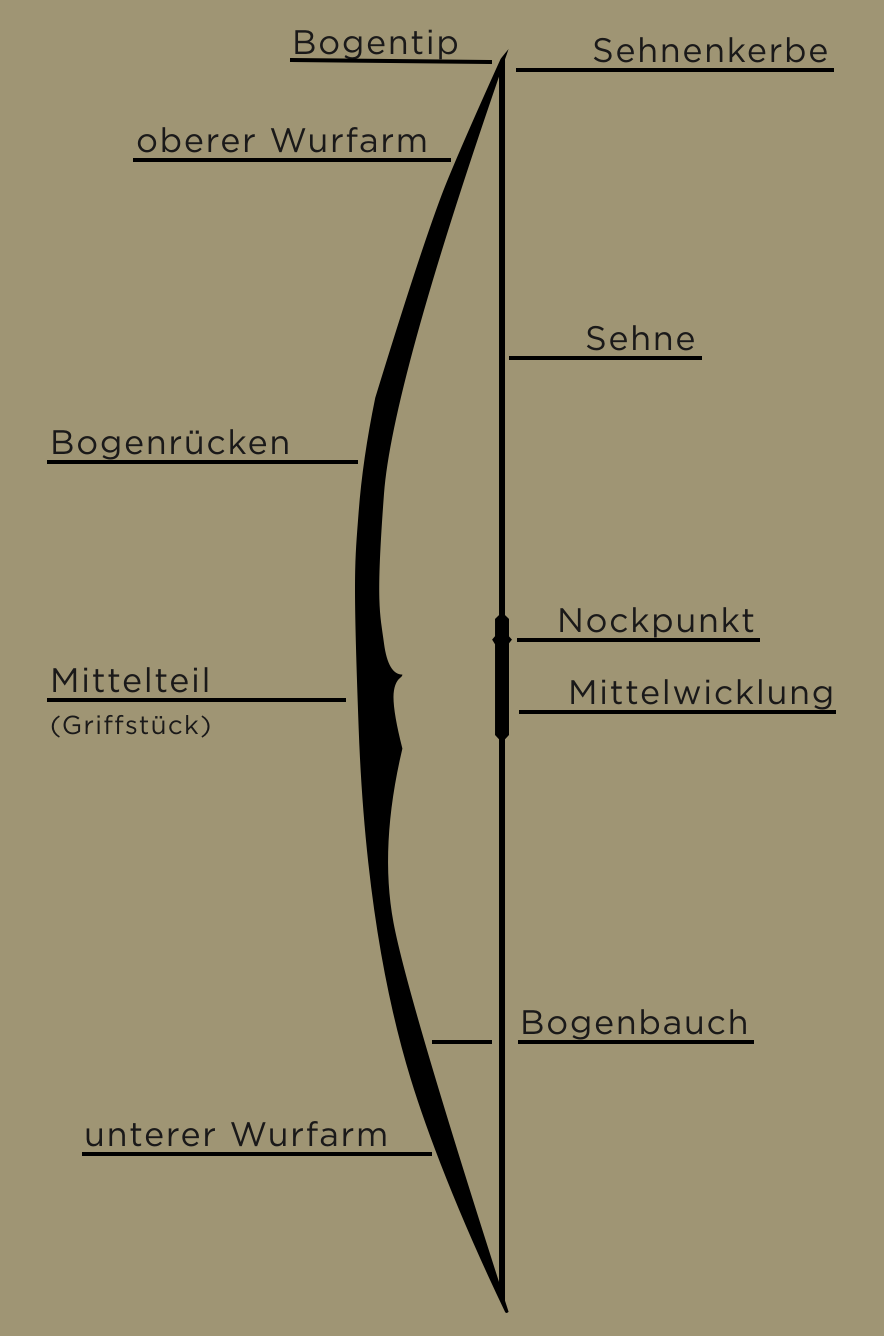
BASIC – THE GRIP – THE ANCHORING – AND THE RELEASE
Not everyone finds the terms and descriptions of parts of a bow clear and easy to identify – therefore, here is a drawing with the most important terms:
BASIC – THE GRIP – THE ANCHORING – AND THE RELEASE
The three most important processes in archery.
In traditional archery, there are a total of 3 different grip types that everyone has heard of:
<Mediterranean or split finger
<Undergrip or 3under
<Thumb grip
We would like to talk about the MEDITERRANEAN GRIP because it is the most common and appeals to our instincts the most: As with all other grips, the index, middle and ring fingers are used.
It's very easy to learn: place your index finger over the arrow and the other two underneath. The nocking point is therefore exactly in between. The string is held in the front joints of your fingers. There's not much you can do wrong with this method. Make sure the arrow rests loosely between your fingers. This is usually a bit easier with a well-fitting nock. Another important thing to remember is that you release the string by suddenly stretching your fingers forward. A typical beginner's mistake is to flick the string sideways - as if you were strumming a guitar string. This causes the bowstring to vibrate unnecessarily and the arrow is deflected. The anchor can be found on your chin, mouth, or cheek.
HOW TO
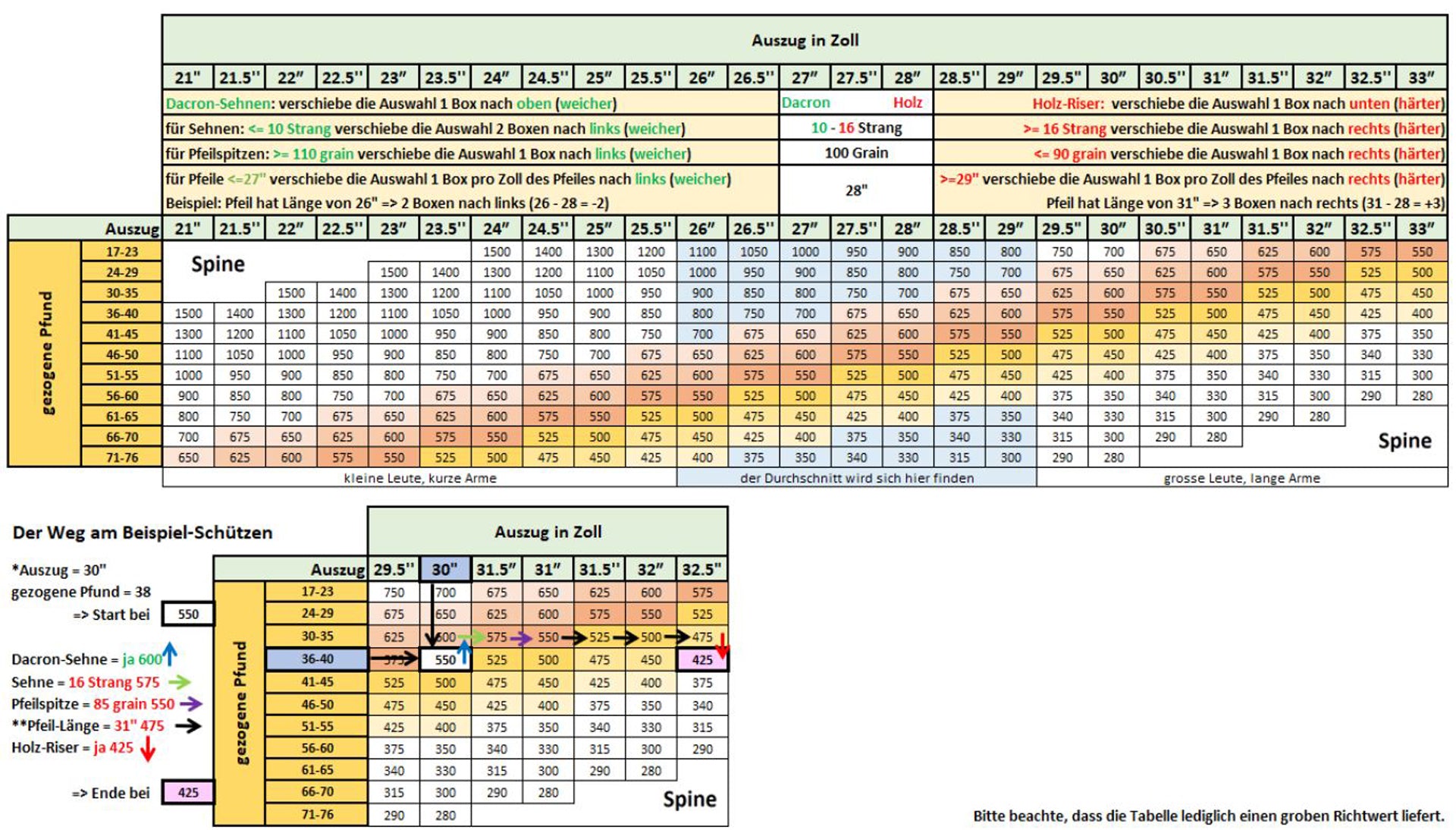
BASIC - ARROWS
A very important topic for us and absolutely paramount for the “perfect shot”.
If you want to have a perfect shot, it's not just about how well you shoot, but also how the arrows relate to the bow.
You'll find an arrow buying guide in the ARROWS category, which outlines the most important criteria. On this page, you'll also find two important facts about precise arrow selection.
SPINE TABLE CARBON SHAFT
This should serve as a “rough evaluation” of the required arrow shaft.
This allows me to determine the hardness of my shaft based on the draw weight of my bow and the length of the arrow.
FOC VALUE OF THE ARROW
This value is the center of gravity of the arrow and should be in front of the geometric center.
An important value when tuning the arrow.
A very helpful calculation table can be found at www.bogensport.cc
We tune the arrows for the 3D course between 13 – 14.5%, for the target arrow between 11 – 12%.
These percentages have produced the best results so far.
The arrow
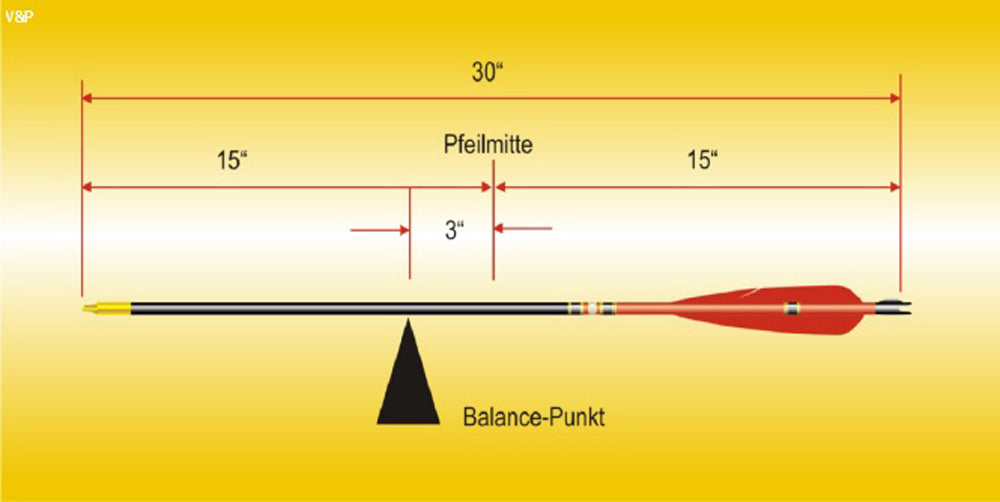
TO GUARD THE BOW OR NOT?
A frequently asked question from our customers is “Do I always have to unstrap my bow?”
The clear answer to this question is generally no, but as is often the case, there are exceptions.
Of course, it's practical to leave the bow strung overnight or even for a few days. A modern bow won't be damaged if left strung for an extended period.
The only thing that's likely to be subjected to slightly greater stress over time and wear out slightly faster is the tendon. But that's only if it's very short and therefore barely twisted.
But what is a “modern bow”?
This includes all Olympic recurve bows with limbs made of foam, carbon, and glass-covered wood, as well as combinations of these materials. These include virtually all commercially available ILF limbs and screw-on limbs. Purely wooden limbs are very rare these days.
In addition, one-piece recurve bows, hybrid bows (a kind of “in between” recurve and longbow) and also longbows and horse bows, if these are made of laminates and different layers such as fiberglass and/or carbon.
Compound bows are mentioned here only for the sake of completeness. Due to their design, they are never guyed. This doesn't really work well without the aid of a bow press.
However, you should never hold a drawn bow upright on one limb (I've often seen bows standing rather carelessly in a corner). This will damage the limbs in the long run.
But what is a “modern bow”?
This includes all Olympic recurve bows with limbs made of foam, carbon, and glass-covered wood, as well as combinations of these materials. These include virtually all commercially available ILF limbs and screw-on limbs. Purely wooden limbs are very rare these days.
In addition, one-piece recurve bows, hybrid bows (a kind of “in between” recurve and longbow) and also longbows and horse bows, if these are made of laminates and different layers such as fiberglass and/or carbon.
Compound bows are mentioned here only for the sake of completeness. Due to their design, they are never guyed. This doesn't really work well without the aid of a bow press.
However, you should never hold a drawn bow upright on one limb (I've often seen bows standing rather carelessly in a corner). This will damage the limbs in the long run.
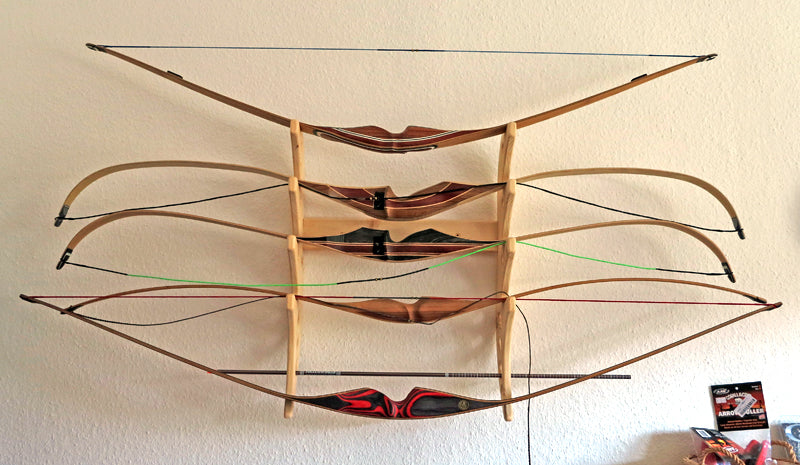
Bow storage
Photo: © Martina Berg
Give your strung bows a place on a bow rack—it looks really stylish on the wall, too. Or simply place them on a flat surface, like a table. Your bow will also thank you if you store it in a cool place. Storing it in an overheated car for extended periods without any protection is almost fatal.
Solid wood bows should always be guyed
Purely wooden arches should always be guyed (okay, one night is fine...). Otherwise, they will lose their resilience over time, and sooner rather than later, such arches will only be suitable as decorative elements on the wall.
If you are unsure about the material your bow is made of – this may well be the case with a custom bow or if you have purchased a used bow – then ask your trusted bow maker or archery retailer.

